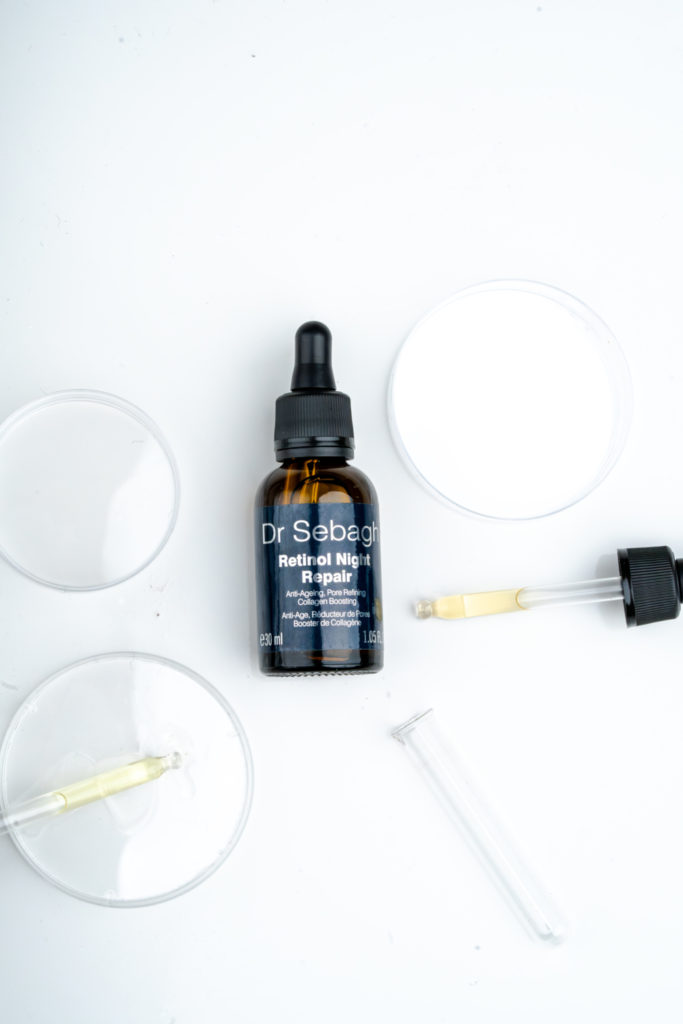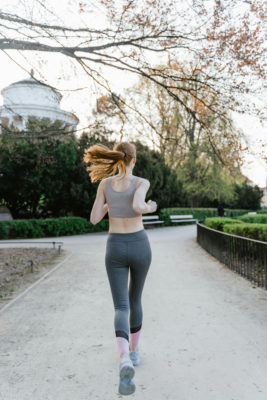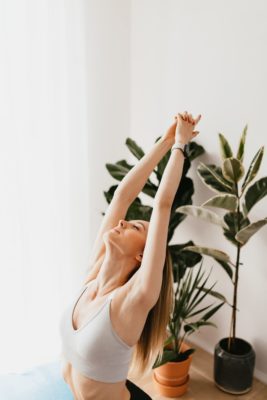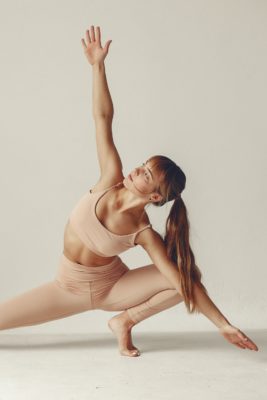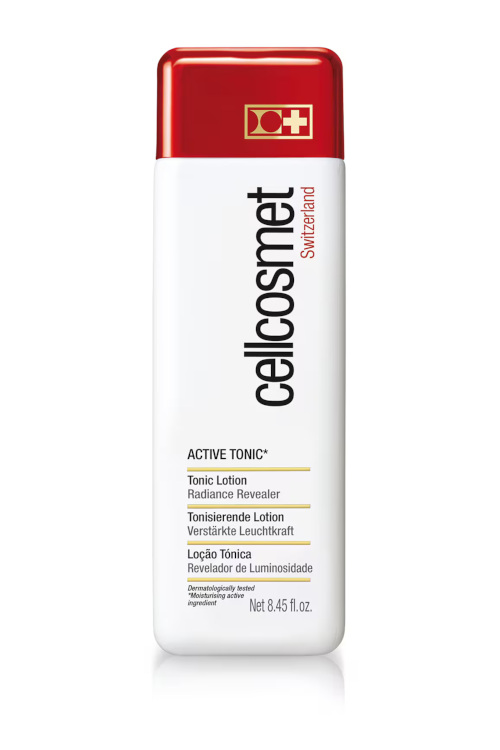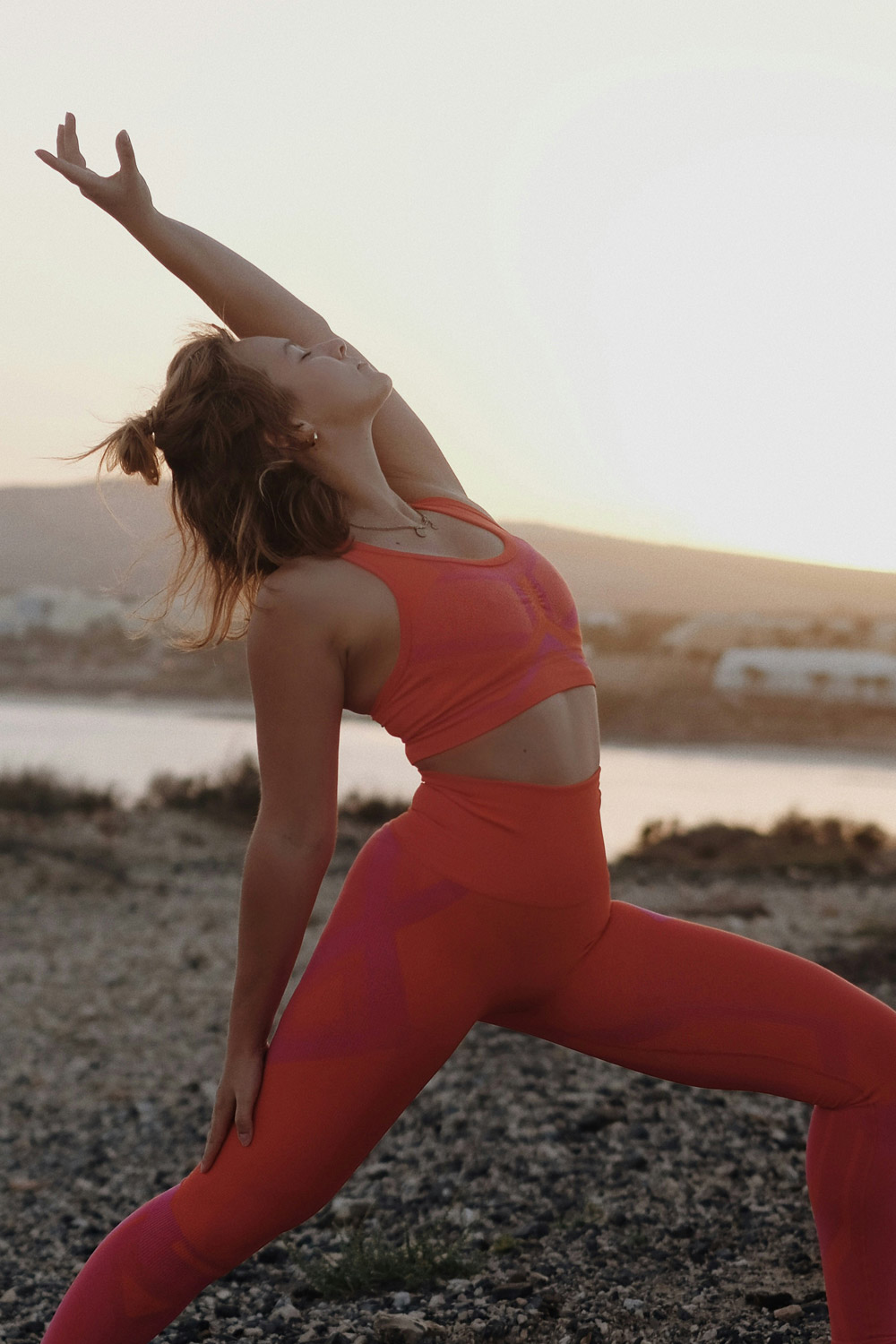
Can Yoga Really Improve Your VO2 Max?
By
4 months ago
Everyone's talking about this fitness metric, here's how you can boost yours
Historically, when measuring fitness levels people would look to markers like their 5k running time, or what weight they could squat. But nowadays wellness types are increasingly interested in their VO2 max: the amount of oxygen consumed by the body when exercising. Higher levels indicate better cardiovascular health, so it makes sense that you can improve your score by upping your aerobic exercise. But turns out yoga can also be a useful tool for increasing your capacity.
What Is VO2 Max And Why Is It Important?
First up: a little science lesson. During aerobic exercise, which constitutes as lower intensity, longer duration workouts, oxygen is the predominant source of fuel for your muscles (hence why you breathe faster). When you’re doing anaerobic activities, on the other hand – like a few reps of heavy weights, or sprints on the treadmill – your body finds energy from other sources, like stored glycogen.
If you are able to take in more oxygen during an aerobic workout, and the heart and lungs are able to effectively deliver that oxygen to your muscles, you’ll essentially be able to workout better and for longer. VO2 max measures how much oxygen your body uses during exercise (V stands for volume, while O2 stands for oxygen), so high VO2 max equals higher endurance and stamina.
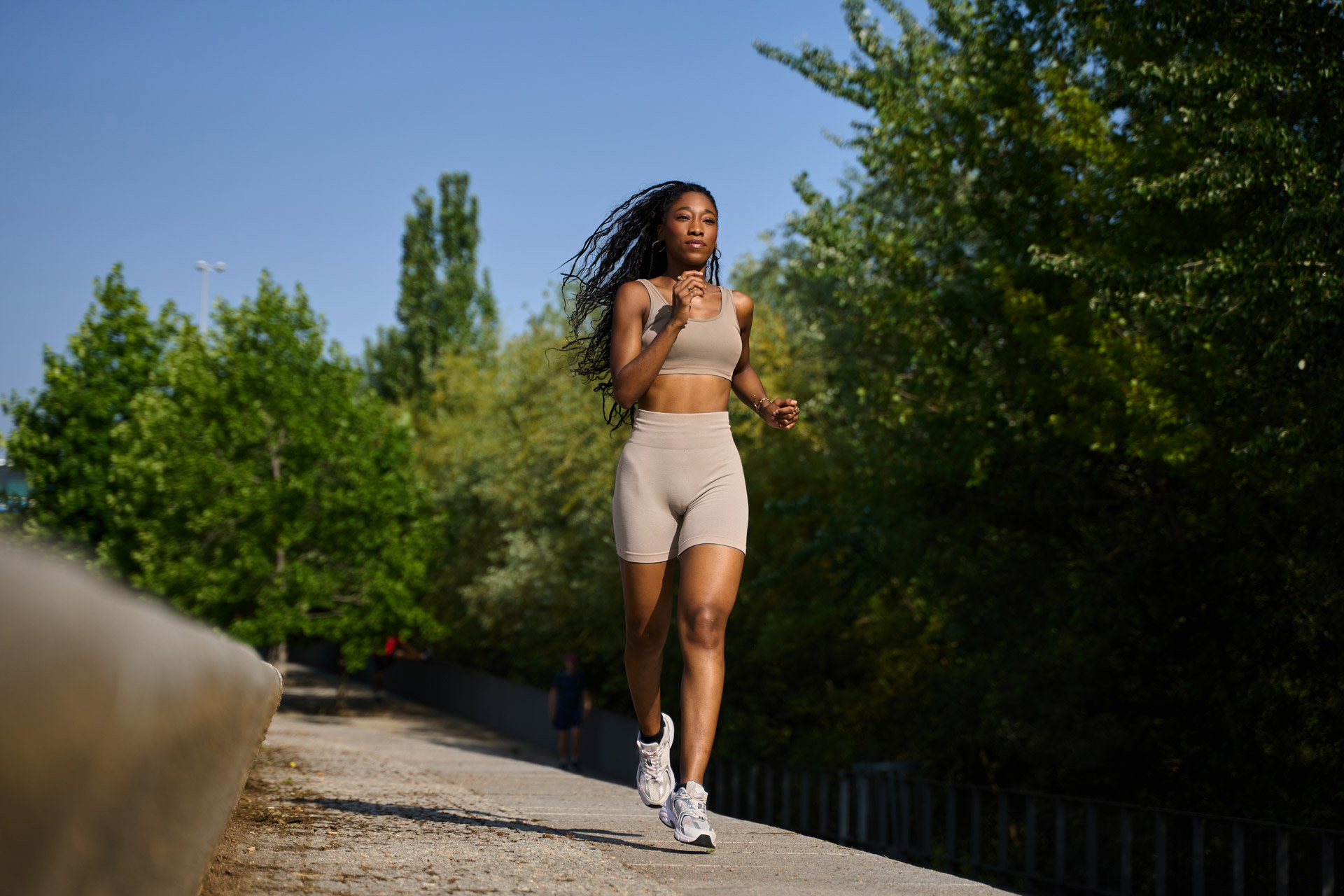
Getty Images
But there are benefits aside from improving your cardiovascular fitness. Improving VO2 max can also support your strength training goals, give you more energy in day-to-day life, and allow you to recover more quickly between workouts. Not only that, but studies have found a correlation between VO2 max and longevity.
So how to measure it? Well, you’ll get the most accurate reading in a medical lab, where tests involve wearing a special mask and a heart rate monitor while running on a treadmill or riding a stationary bike (usually for around 10 to 20 minutes). However, many fitness watches and trackers offer data on your VO2 max, or you can try one of the online calculator tools or fitness tests (though be warned: you’ll need to recruit your maths brain).
Can Yoga Improve VO2 Max?
Targeted aerobic training is the quickest way to improve your VO2 max levels – but if you’re looking for a low-impact alternative (or just can’t stand cardio), it might be time to enter your yoga era. Researchers from the University of California found people who did yoga and strength exercise for eight weeks boosted their VO2 max by an average of seven percent, while a study from 2023 found those who practised yoga regularly had higher VO2 max levels than those who didn’t.
‘Yoga’s breathing techniques, such as pranayama, can improve lung capacity and efficiency,’ says Melissa Leach, yoga specialist and strength and conditioning coach at Yoga-Go. ‘At the same time, holding and flowing through poses gently challenges your muscles and cardiovascular system, improving stamina without excessive strain.’
She continues: ‘This unique combination helps support the body’s ability to transport oxygen, the foundation of a higher VO2 max. That means better endurance, less breathlessness during everyday activities, and improved overall fitness, all achievable through a regular yoga practice.’
Leach is clear to stress that, like most things in fitness, improving your VO2 max won’t happen overnight – whether you’re doing yoga, cycling or running, regular, sustained practice is needed to see real change. ‘While high‑intensity cardio is still the fastest way to boost VO2 max, yoga offers a powerful alternative, or a perfect complement for those who want a more balanced, sustainable routine.’
Leach recommends three poses in particular:
Chair pose
‘This posture engages large muscle groups, strengthening the legs and core while also challenging your breathing.’
How to do it: ‘Stand with your feet together, inhale, and raise your arms overhead. As you exhale, bend your knees and sink your hips back as if sitting in a chair, keeping your chest lifted.’
Tip: ‘Focus on steady inhales and exhales as you hold the pose for five to seven breaths. Overtime, holding it for longer durations can boost your ability to sustain effort and improve your VO2 max. If you’re new to yoga, build up gradually.’
Mountain pose
‘A foundational posture that activates your core and improves stability and posture while enhancing breath awareness.’
How to do it: ‘Stand tall with feet hip-width apart, grounding evenly through both feet. Lengthen your spine, relax your shoulders, and let your arms rest at your sides. Inhale deeply, lifting through the crown of your head.’
Tip: ‘Aim for between six and eight deep, steady breath cycles to centre your breathing and improve oxygen intake. Because mountain pose is the base for many other poses, practising it regularly, and holding it for longer durations, is an excellent way to build stamina.’
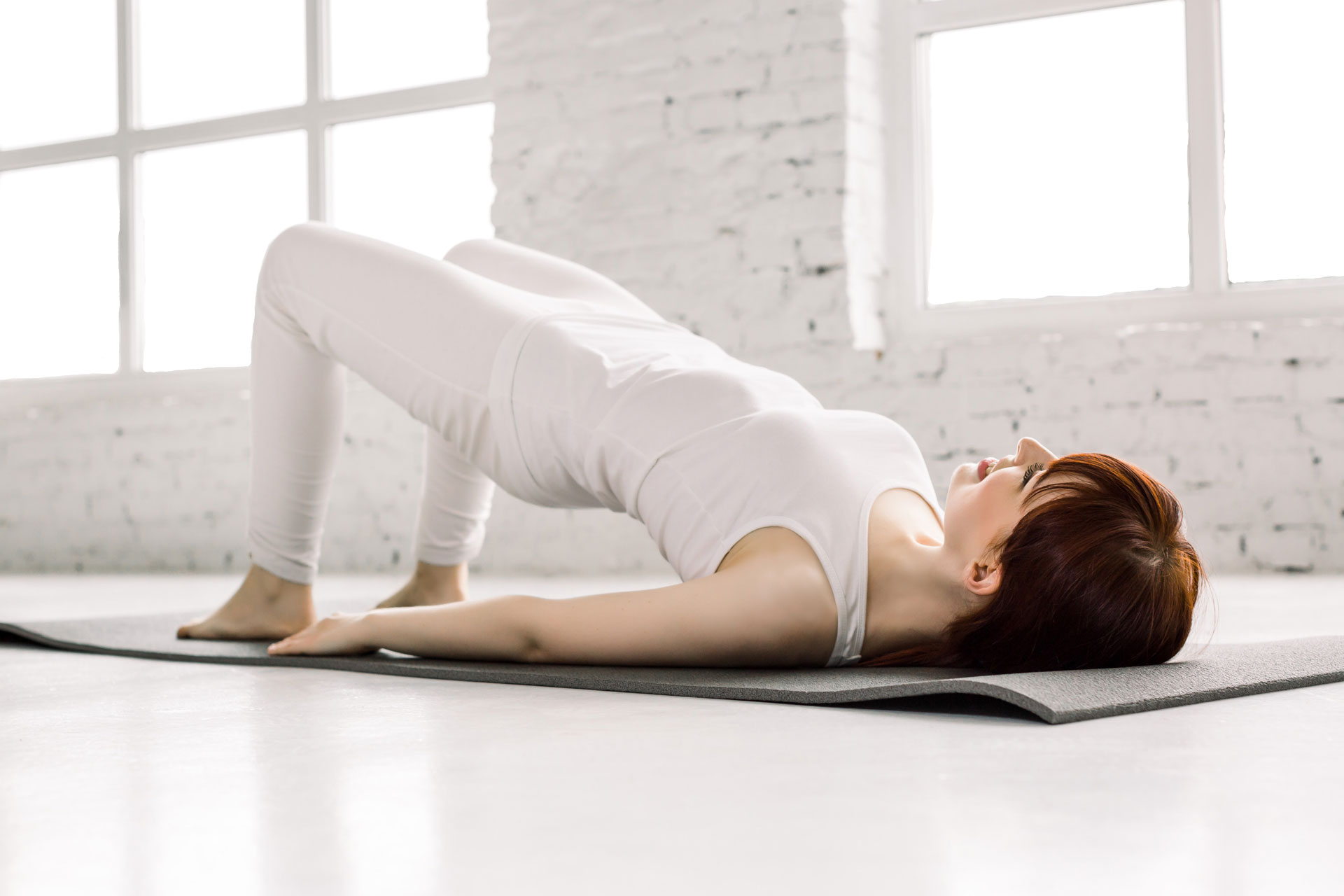
Getty Images
Bridge pose
‘This pose strengthens the legs and core while promoting circulation and expanding the lungs.’
How to do it: ‘Lie on your back with your knees bent and feet flat. Press into your heels, lifting your hips toward the ceiling.’
Tip: ‘Take long, deep breaths as you hold for five or six cycles, lowering slowly on each exhale. This mindful breathing enhances oxygen use while building strength. If comfortable, interlace your fingers beneath your back.’
What Else Can You Do?
HIIT Training
Interval training is one of the most effective workouts for improving VO2 max, as shown in this study from 2007. This involves performing short bursts of high-intensity exercise followed by short rest periods – for instance, 30 seconds of sprinting followed by 30 seconds of rest, repeated three to five times. Not a fan of running? Alternate between bodyweight exercises that increase the heart rate instead, like jump squats, box jumps or mountain climbers.
LISS Cardio
Low intensity steady state cardio (LISS) can also help – and, indeed, may be as effective as HIIT, according to this meta-analysis published in Translational Sports Medicine. Think moderately-paced cycles, swims or runs that last between around 45 and 60 minutes.
Ellie Smith has a Level 3 Personal Training qualification from NASM






